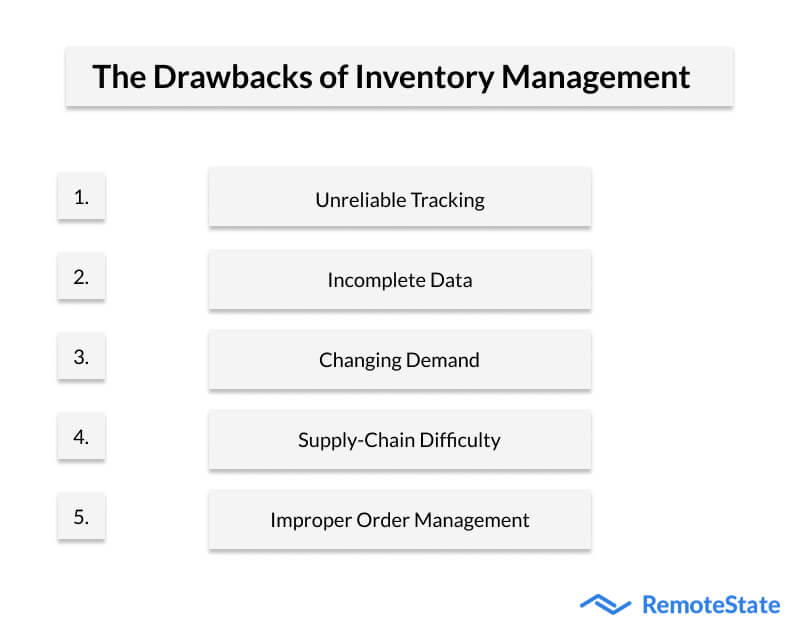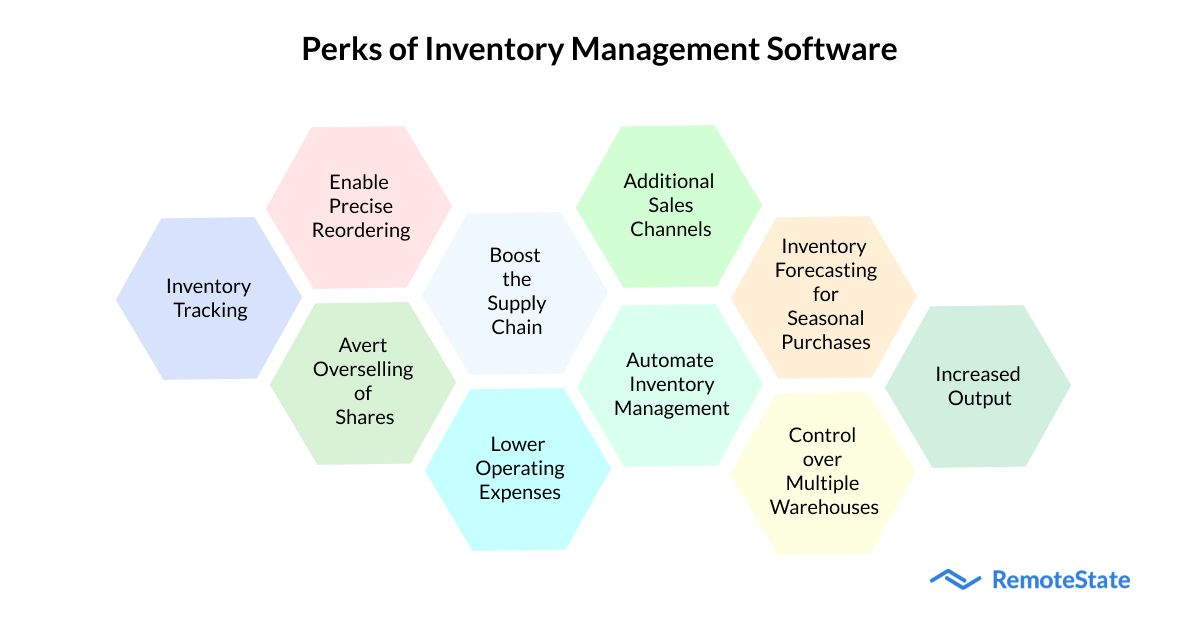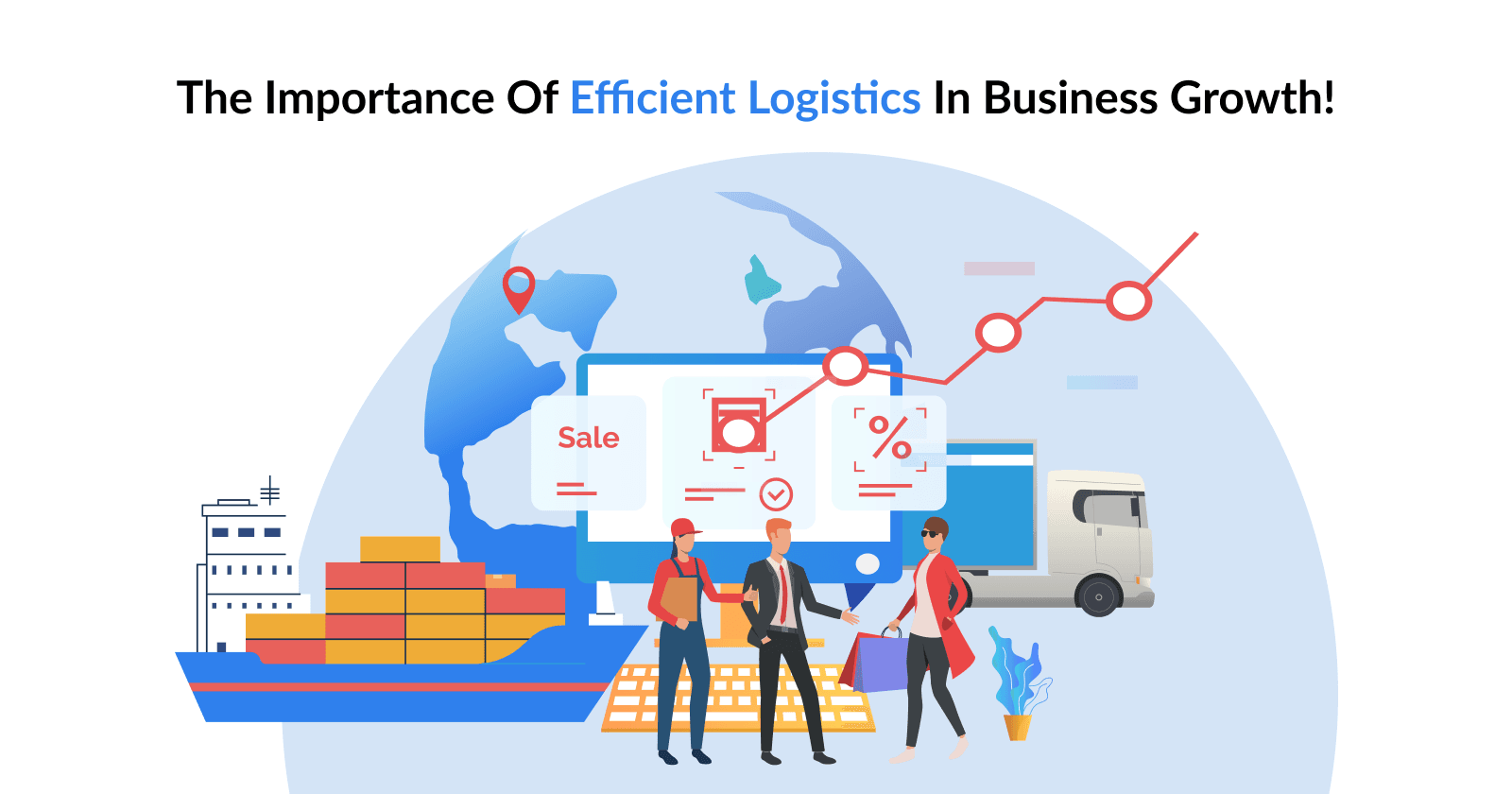Introduction
81% of worldwide consumers experienced an out-of-stock situation in the past year, and shops throughout the world have suffered losses as a result of poorly managed inventory.
81% of worldwide consumers experienced an out-of-stock situation in the past year, and shops throughout the world have suffered losses as a result of poorly managed inventory.
Global issues with inventory management and the supply chain affect companies of all sizes. It's time to make a change if your business is one of those that continues to manage its inventory using Excel sheets or not at all.
In this blog, we'll discuss the advantages of inventory management software for businesses, emphasizing how it addresses problems related to poorly managed stocks.
The drawbacks of inventory management
The benefits of inventory management are numerous and extensive. It aids in stock optimization, reduces expenses, improves supply chain effectiveness, etc. However, the list of difficulties or restrictions with inventory management is very extensive.
While the inventory management process has several problems,
Let's talk about the main issues that exist on a worldwide level.

Unreliable tracking
Spreadsheets used for manual inventory tracking can be redundant, error-prone, and time-consuming. A unified inventory management system for e-commerce that has accounting and tracking functions is accessible to even tiny firms.
Incomplete data
You should always be able to see how much inventory you have at any given time of day. You must have an entire collection of data from many sources on an "as it happens" basis to make this possible.
Changing demand
The nature of customer expectations is constantly shifting. Therefore, having too few supplies can prohibit you from fulfilling customer requests while having too many can result in obsolete inventory.
Having an order strategy that allows you to anticipate needs and meet them is beneficial.
Supply-chain difficulty
Everyday movement in global supply networks makes inventory management responsibilities more difficult. Your inventory management strategy should be adaptable and include unanticipated lead time to address the typical mode of business where manufacturers and wholesale distributors set the when, where, and how.
Improper order management
Overselling a product and running out of inventory are two of the most frequent problems with effective inventory control. While historical and seasonal data can be used to predict orders, a software-based approach to logistics inventory management is necessary.
What is software for inventory management?
A platform that automates some functions of inventory and warehouse management is inventory management software. They automate the processes required to keep track of inventories, oversee the rendering operation, and update the accounting information.
The main advantages of inventory management software are that it provides you with real-time updates on the status of your supplies.
Now that the fundamentals have been covered, let's examine what is causing inventory management software to become more and more popular.
Perks of inventory management software
Processes for inventory management can help keep the appropriate stock count and reduce costs. When you include the tool in your enterprise software development tech stack, further advantages become apparent, though. Having such software in place would allow you to:

1. Inventory tracking
When coupled with your ERP, inventory management software helps improve inventory control by tracking it in real time. It depicts the product's location and its path through the system. This results in the removal of human error from the process, which is impossible to achieve with a manual spreadsheet.
Most of these programs keep track of each product as it enters and leaves the cycle, from manufacturing and storage through selling. Businesses can do this by reducing the cost of inventory management and improving their relationships with suppliers and clients.
2. Enables precise reordering
A clear record of your inventory and simplified reordering are two of the main benefits of inventory management software. You can choose when to place a product's next order using the sales and consumption information provided by the software.
These programs can be made to go one step further by assisting you in placing orders for just the right number of things, preventing you from keeping any dead stock on hand for a lengthy period.
3. Avert overselling of shares
Overselling is a significant problem for companies, particularly eCommerce companies. It is simple to run out of things when you don't have a complete picture of your inventory. This results in an inability to satisfy customer demand and, occasionally, expulsion from the marketplaces.
You may track demand using inventory management software and determine whether your present stock levels are adequate to meet it. This gives you a clear notion of when and how much to replenish the stock.
4. Lower operating expenses
You are informed of the stocks that are present in the warehouse through inventory management reports. As a result, you are prepared with the necessary supplies when the order comes in. This avoids the last-minute scramble to purchase equities at exorbitant prices.
Another strategy to save money is to avoid buying low-demand items, which can result in overstocking and the associated storage space expenses. This information can be gained by having a thorough awareness of the products in demand.
The cost of doing business can also be reduced with the aid of inventory management software by -
Wages paid to employees - When employees are unsure of the stocks they will be managing, they end up storing and managing more than is necessary, which raises the labor cost.
Transport expenses may go up as a result of storing surplus goods because they must be moved from one warehouse to another.
Insurance is typically required when leasing or renting a storage unit to protect the property and the assets. Therefore, a company continues to suffer losses from both insurance and customer satisfaction when it creates and stores stocks that are not in demand.
5. Boost the supply chain
Unexpected problems are given when discussing supply chain operations. Retailers can implement a suitable supply chain diversification plan when they have the appropriate inventory management software in place.
With the information you gather about your inventory stock levels, you can reduce the likelihood of having to wait a long time if a supplier cannot deliver goods on time and you may plan for busy seasons to retain the right quantity of stock in the warehouse.
6. Additional sales channels
Every online retailer wants to test new platforms or sales channels for their product listings. By consolidating inventory management into one location, inventory management software makes it simple to handle these many channels. You can then see clearly how much of your merchandise is being sold through each channel.
Additionally, the majority of inventory management programs for online stores provide forecasting and real-time inventory synchronization feature sets. You can do this to maintain inventory management between different sites.
7. Automate inventory management
The various advantages of automated inventory management systems represent perhaps one of the most significant changes to inventories. While saving you hundreds of hours spent on repetitive work, automation eliminates any dangers associated with human error.
Having real-time visibility into the whereabouts of your inventories highlights the significance of inventory management in logistics, especially when automation is involved. Due to the automatic stock count updates that occur when a transaction is completed, this not only gives you real-time visibility into inventory levels but also aids in precise forecasting, which improves customer satisfaction by preventing overselling.
8. Inventory forecasting for seasonal purchases
Your inventory should be sufficient to meet demand when order volumes significantly increase due to holidays or other events. It is possible to accomplish this planning with accurate demand forecasts.
To track the sales trend and modify the stock levels as needed, inventory management systems are crucial for collecting and evaluating seasonal and historical data.
9. Control over multiple warehouses
Large companies frequently use inventory software first and foremost. This is so that numerous warehouses may be connected and all relevant data can be collected in one location, which is one of the main advantages of inventory management software.
By tracking supplies and their movement between several warehouse locations, these tools help provide a bird's eye perspective of the complete supply chain. So they can order it from somewhere else when a location's supply of a certain item runs low. The product's availability, quantity, and pricing may all be seen in the inventory management software. Advanced inventory management tools are also available that facilitate order placement while automatically updating the product count.
10. Increased output
Utilizing inventory management software tends to increase production rates for businesses. They can focus on producing high-quality products at a considerably faster rate because they have a great deal fewer inventory problems to deal with. They can also redistribute the labor hours to more advantageous jobs.
Better organization is a benefit of this as well. Businesses may create a better method for arranging their inventory using the program. By doing this, the staff can group supplies according to name, size, or other crucial factors, assisting firms in precisely and speedily fulfilling requests.
Final thoughts!
So, these are just a few of the many advantages that inventory management software has to offer. You probably guessed that to take advantage of these benefits, you would need to have a specific inventory management system in place. You would require the assistance of an expert in that situation.
This is where Remotestate enters the picture. We have assisted several brands all over the world in developing and deploying inventory management software for their businesses as an enterprise software development company.
We can also assist you. Contact us!
Publication Date
2023-02-09
Category
Logistics
Author Name
Sajal Nehra


